
The Complete Journey of the Great Stupa of Manjusri
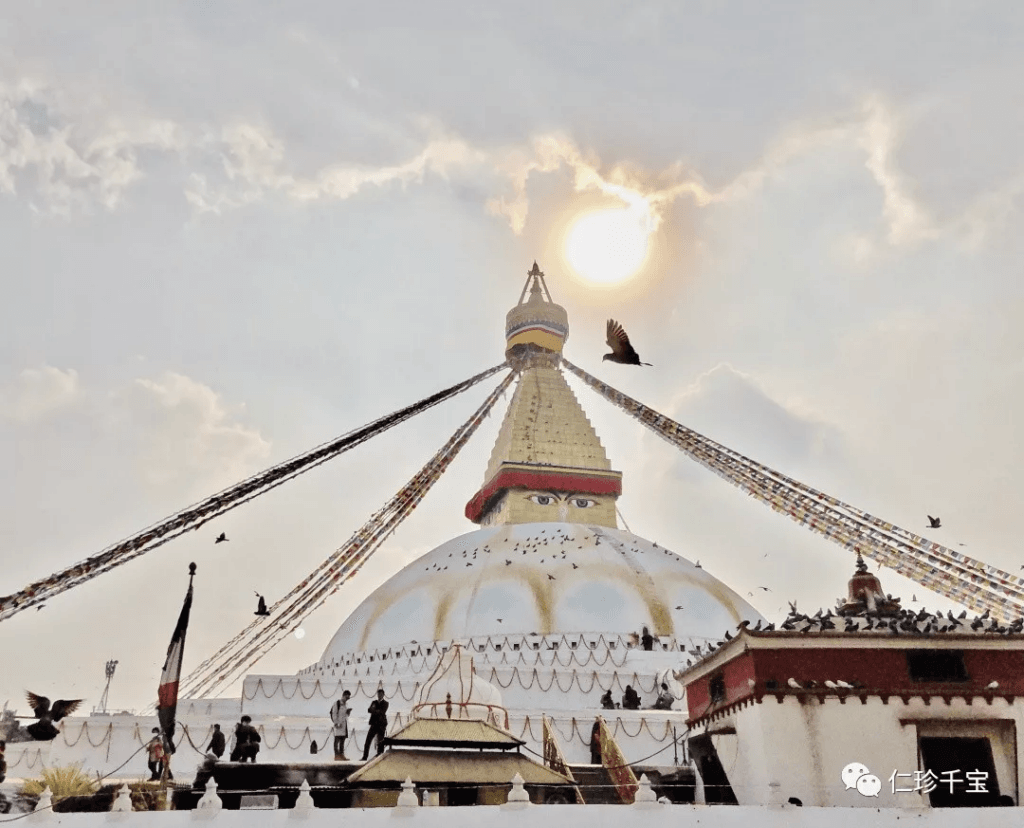
The Boudhanath Stupa in Nepal, also known as the Boudhanath Stupa, is a must-see for tourists in Nepal. It is the largest circular stupa in the world with a history of more than 1,500 years. It was listed as a World Cultural Heritage in 1979. The Boudhanath Stupa attracts countless devout believers to come and worship because any wish made in front of the stupa will be granted.

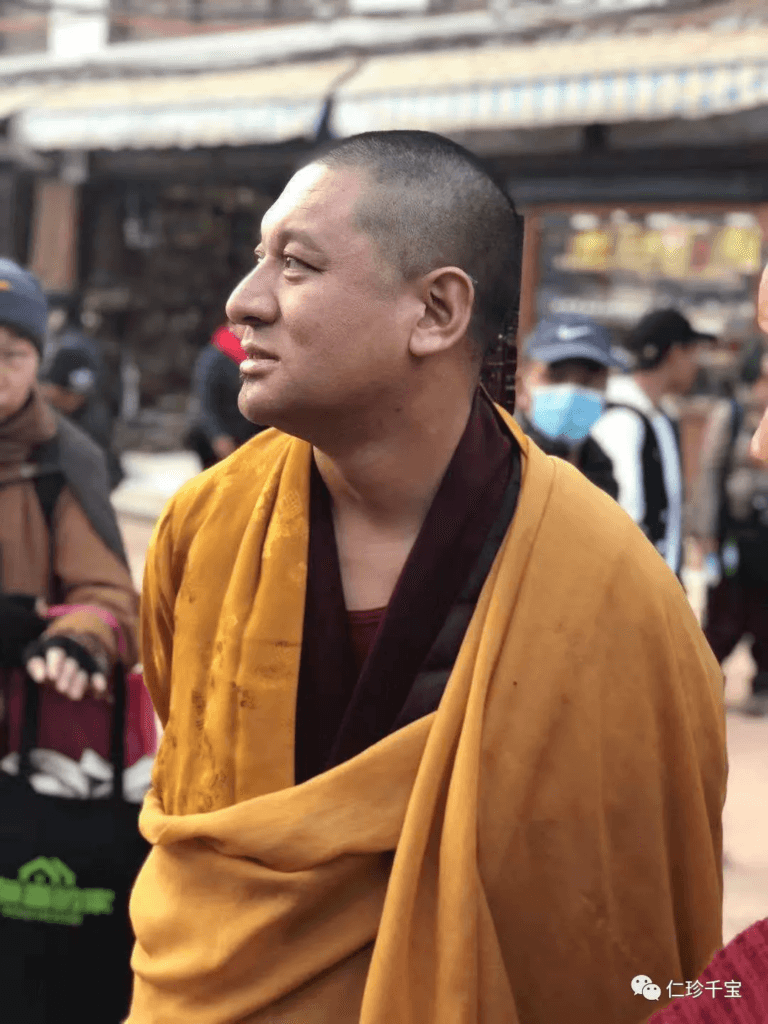

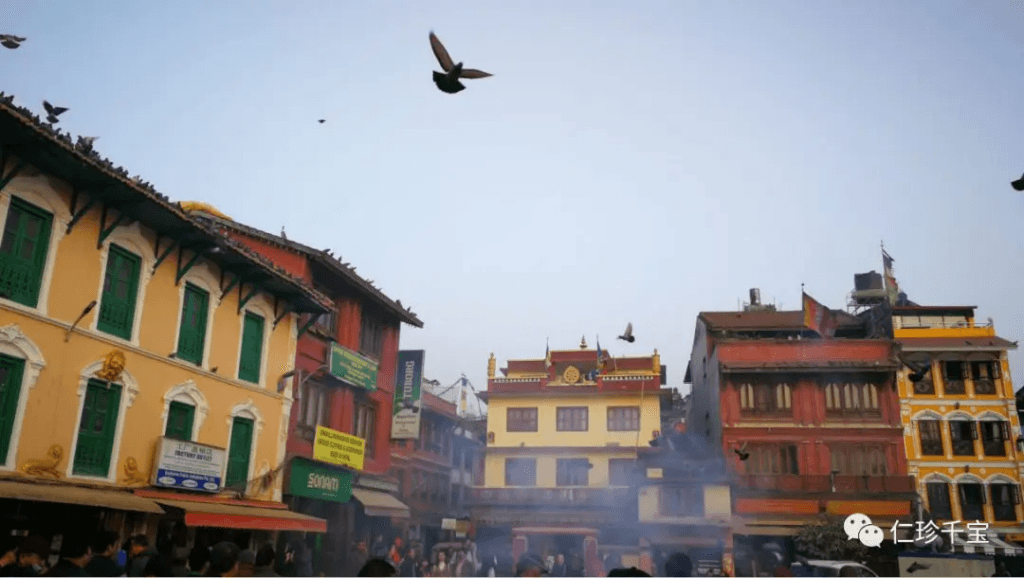

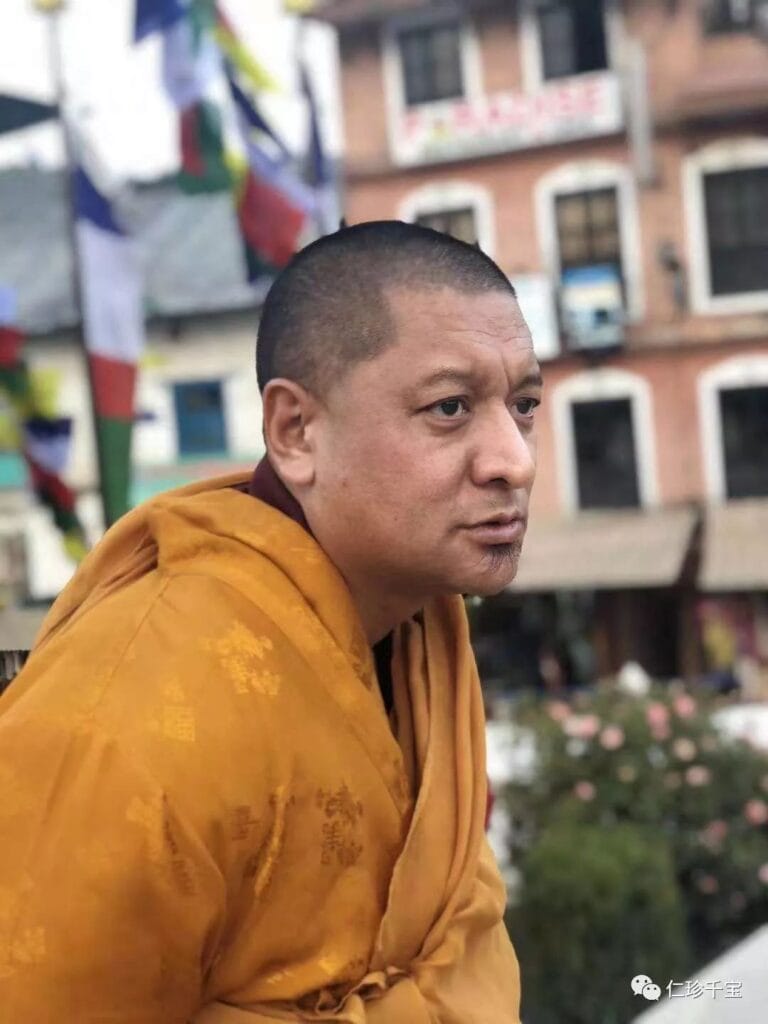
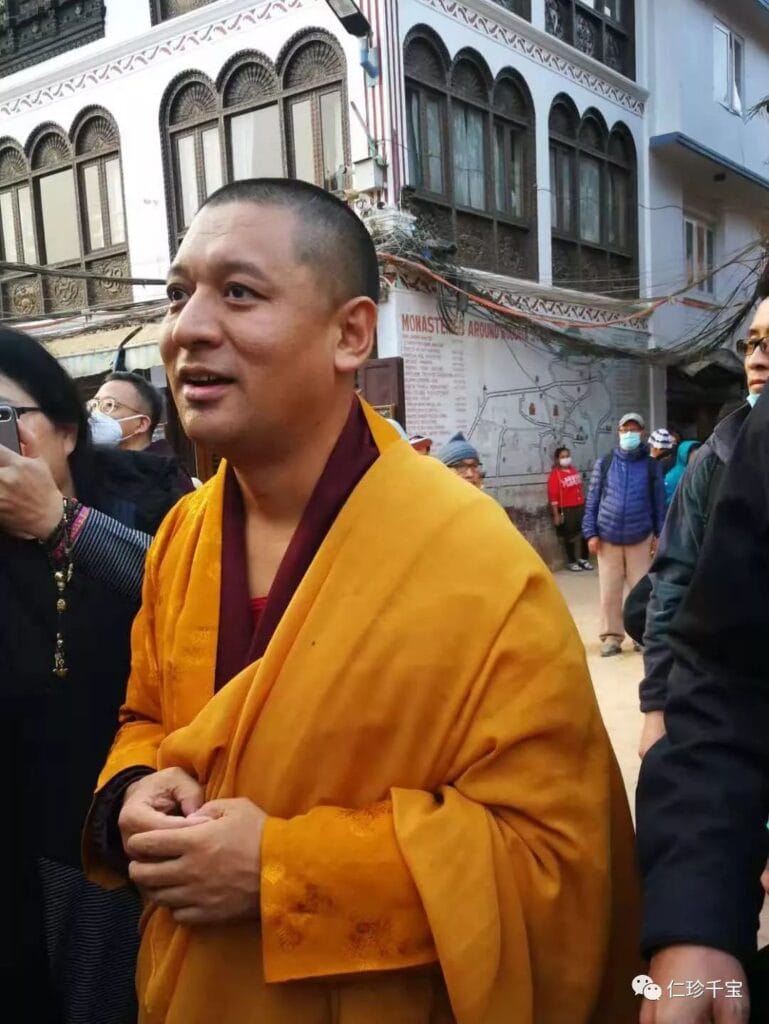
The Great Pagoda of Manjusri is not only special to the disciples of Master Bao, but its history is closely related to our tradition. The Great Pagoda of Manjusri was first built by Guru Padmasambhava’s brother in his previous life, and was rebuilt on a large scale under the leadership of Master Bao’s second Rinchen Tsewang Norbu.
Under the leadership of Master Bao, the disciples worshipped the Great Pagoda, corresponding with the ancestors and the Dharma, and manifesting the bright nature.

Rinchen Tsewang Norbu was a great treasure master (1698-1755), widely known by the Nyingma, Kagyu and Jonang schools of Tibetan Buddhism. He was the guru of many great accomplished masters, including the 13th Karmapa, the 10th Shamarpa, the 8th Tai Situ (Tai Situ) Rinpoche, the 9th Pawo Rinpoche, etc.
On the day of the great black walker miracle when Rinchen Tsewang Norbu was 57 years old (May 12th in the year of the Wood Dog), all believers saw the standing Tara (standing Green Tara) appear in the sky in the rainbow curtain of sunlight, and gave him the empowerment of Tara of all accomplishments; the venerable saw the Tara sutra and accomplishment ritual written in Sanskrit in the pure vision, and immediately wrote down this special method in the natural large charnel ground next to the Charong Kashu Bodhi Stupa. Later, he retrieved the original Sanskrit manuscript of this ritual from a ruined pagoda in Nepal, and achieved accomplishment by practicing it.
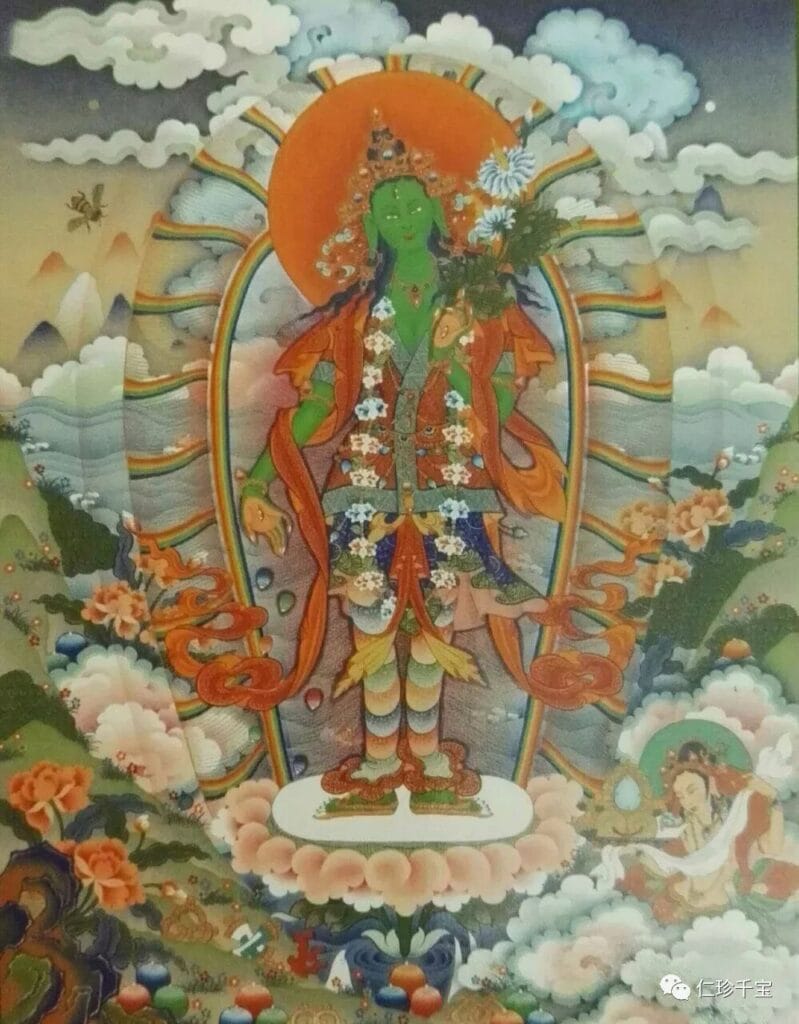
Rinchen Tsewang Norbu saw the All-Accomplished Tara five times. One time was when he was 32 years old to mediate the border war between Nepal and Tibet; one time was when he was doing merit at the Monkey Pagoda in Nepal in the year of Earth Dragon; one time was when he was misunderstood as anti-government and was about to be arrested during the Tibetan coup in the year of Tianma (Golden Horse) (also recorded in the history of the Qing Dynasty); one time was when he was on his way to Nepal to mediate the Ladakh war; the fifth time was when he rebuilt the Prayer Pagoda.
The main function of practicing the standing posture of Tara is harmony. When there are problems in life span, career, wisdom, etc., practicing this method can remove obstacles and increase merit. In one sitting, the four careers of pacification, increase, embrace, and destruction can be completed. Whether it is worldly Dharma or the uncommon path of liberation, it is a special method of accomplishment that is quickly blessed and inconceivable.
Please ask Master Bao for advice and ask for the empowerment and oral transmission of this All-Accomplished Tara. May it be auspicious!

This is a model of the Mangwanda Pagoda
There are four small pagodas at the four corners of the Mangwanda Pagoda, one of which is a memorial pagoda for Rinchen Tsewang Norbu, which contains Rinchen Tsewang Norbu’s ashes and relics. However, historical records are unclear and the exact location is unknown.
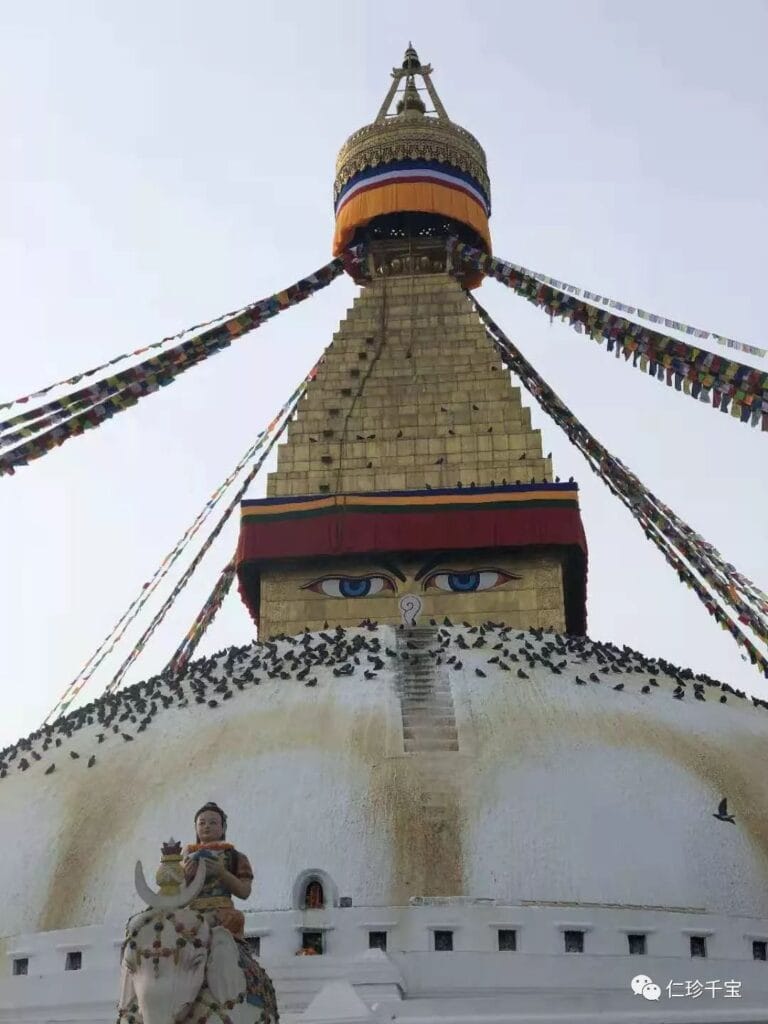
The current architecture of the Great Pagoda of the Wish-fulfilling Stupa has basically retained its original appearance, except for the changes in the upper part of the stupa. The upper part of the eye has thirteen layers, also known as the Thirteen Dharma Wheels, which represent the Thirteen Grounds. Bodhisattvas have ten grounds, because Bodhisattvas have ten kinds of meditation; Buddhas have thirteen grounds, and because the meditation of the ten grounds is different, they can be divided into thirteen grounds and sixteen grounds.
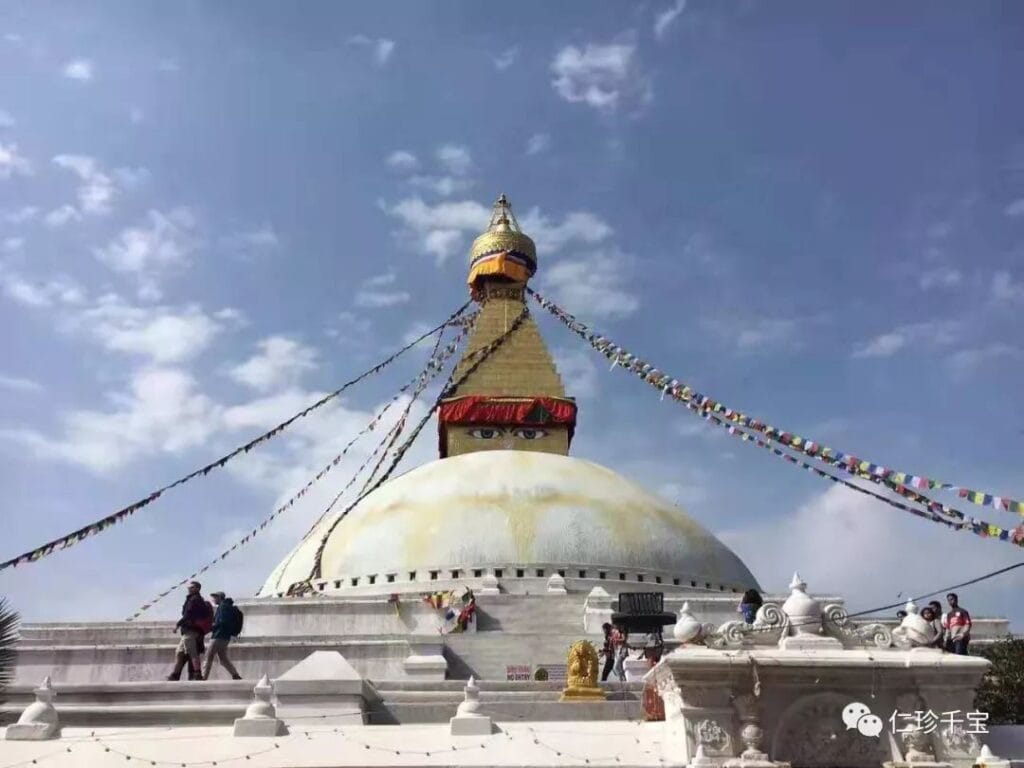
The tower is divided into five parts from the base to the top, symbolizing the five elements of heaven, earth, water, fire and wind. The four sides of the main tower are painted in red, white and blue. The Buddha’s eyes symbolize the Buddha’s omnipresent concern for sentient beings, and the third pair of eyes between the eyebrows represents the Buddha’s supreme wisdom.

The nose under the Buddha’s eyes is represented by the Nepali number “one”, which means that all beings are equal. Led by Master Bao, the public circumambulated the pagoda and chanted mantras to pray for blessings.
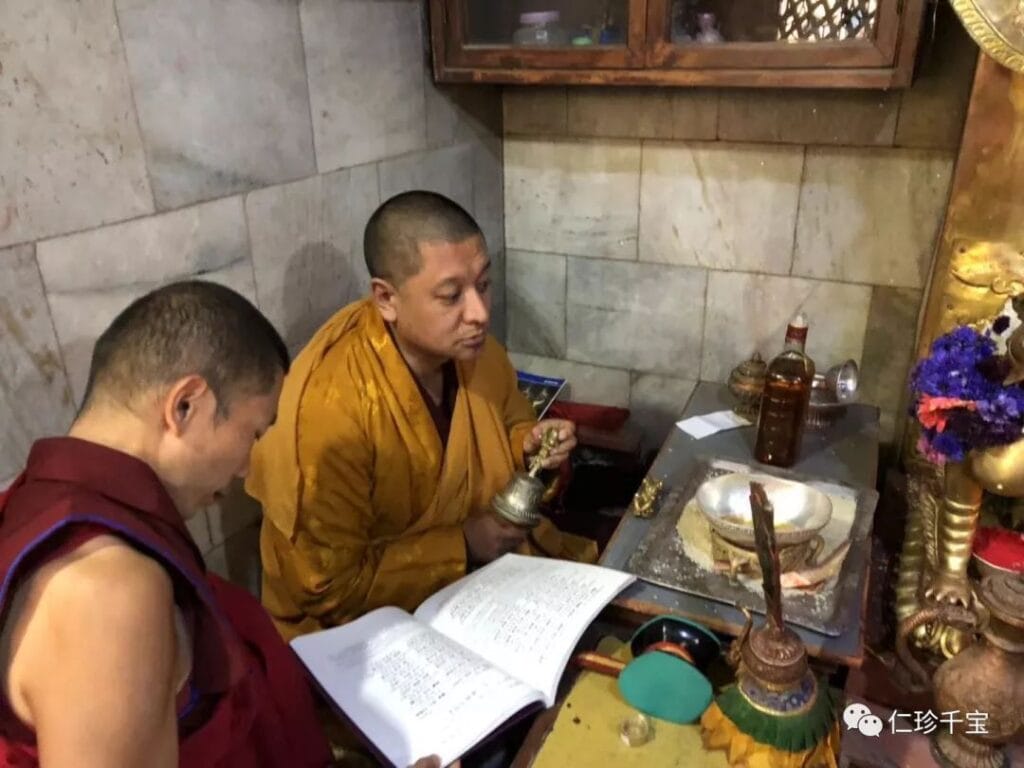
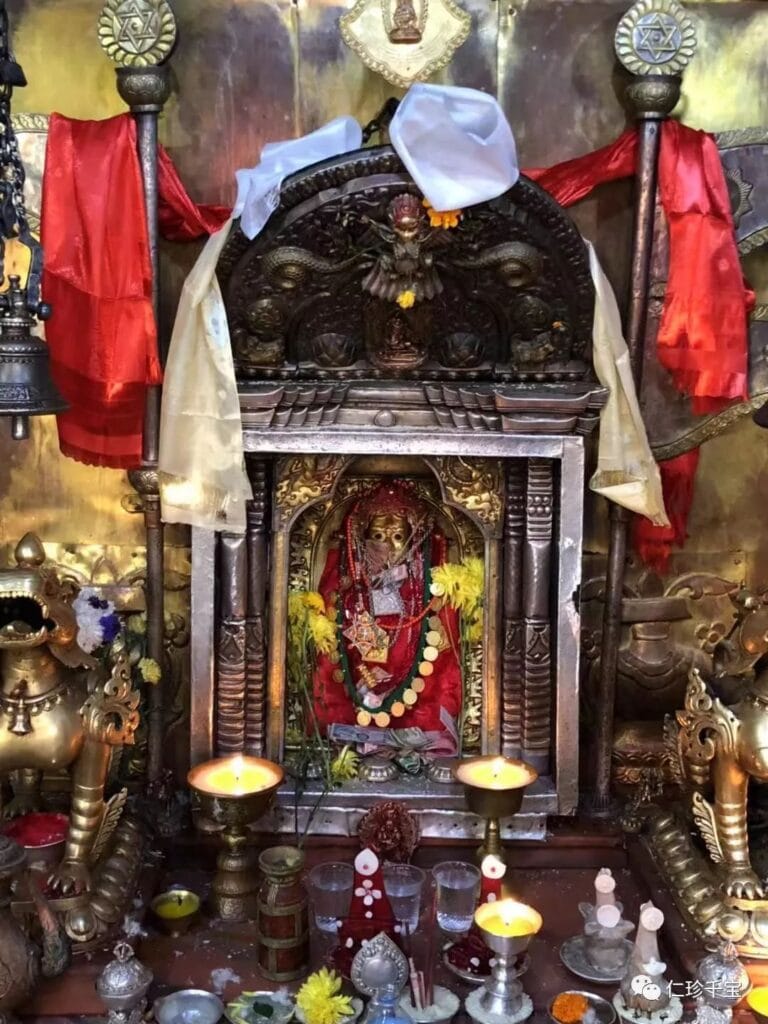
The Dharma Protector Hall below the Great Pagoda of Manwānwān is dedicated to the mother of Guru Rinpoche in his past life, the “Chicken-Raising Woman”. The Great Pagoda was built by Guru Rinpoche’s mother in his past life and the king. After his mother in his past life passed away, her four sons worked together to build it. Guru Rinpoche’s mother had four sons, and after reincarnation, one was Guru Rinpoche, one was Trisong Detsen, one was Shantarakshita, and one was a minister of Tibet.
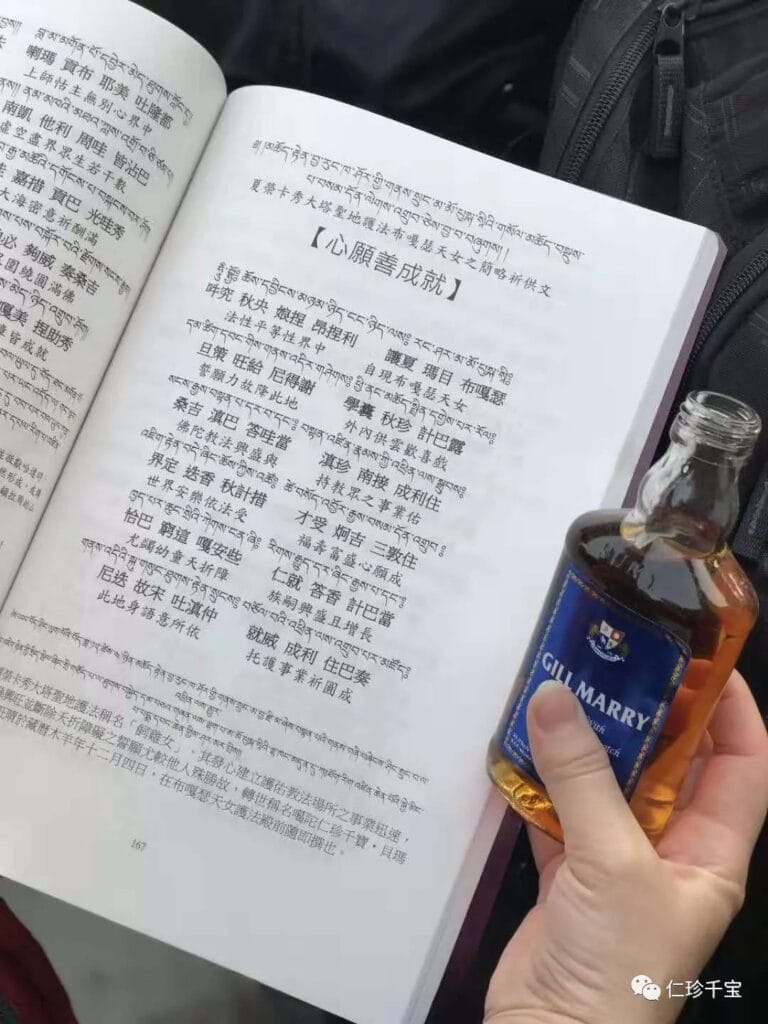
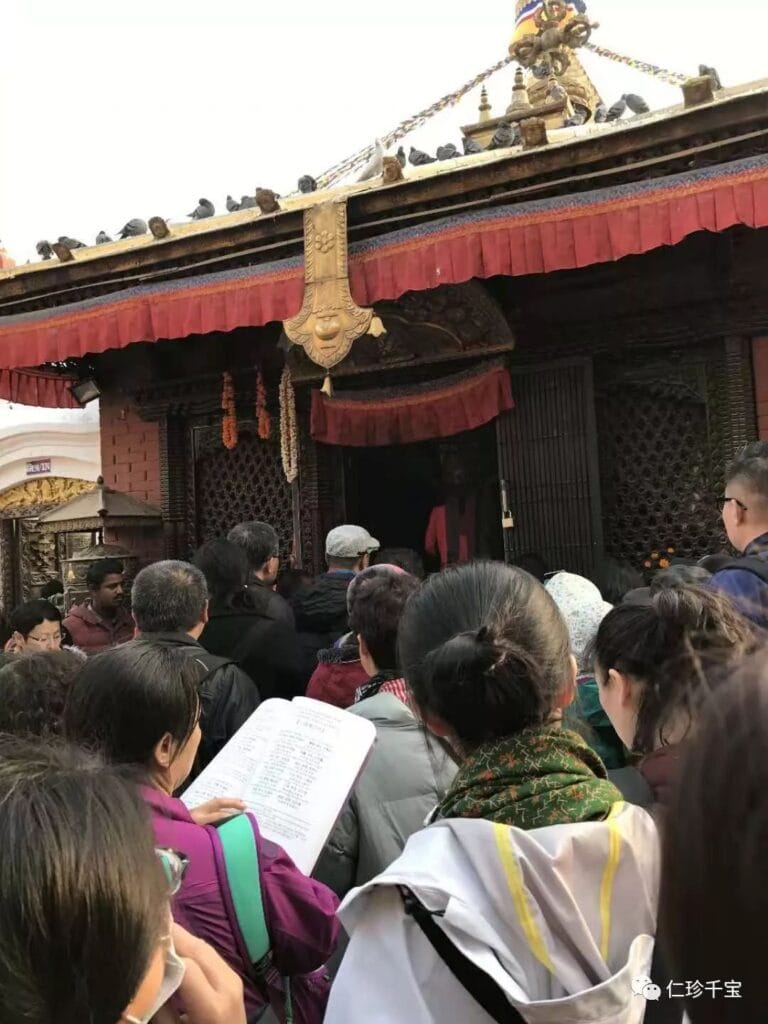
Master Bao led all the disciples to practice together in the Dharma Protector Hall. The brief prayer text “Good Wishes Come True” for the Dharma Protector Goddess Bugase of the Holy Land of the Great Pagoda was written by Master Bao.
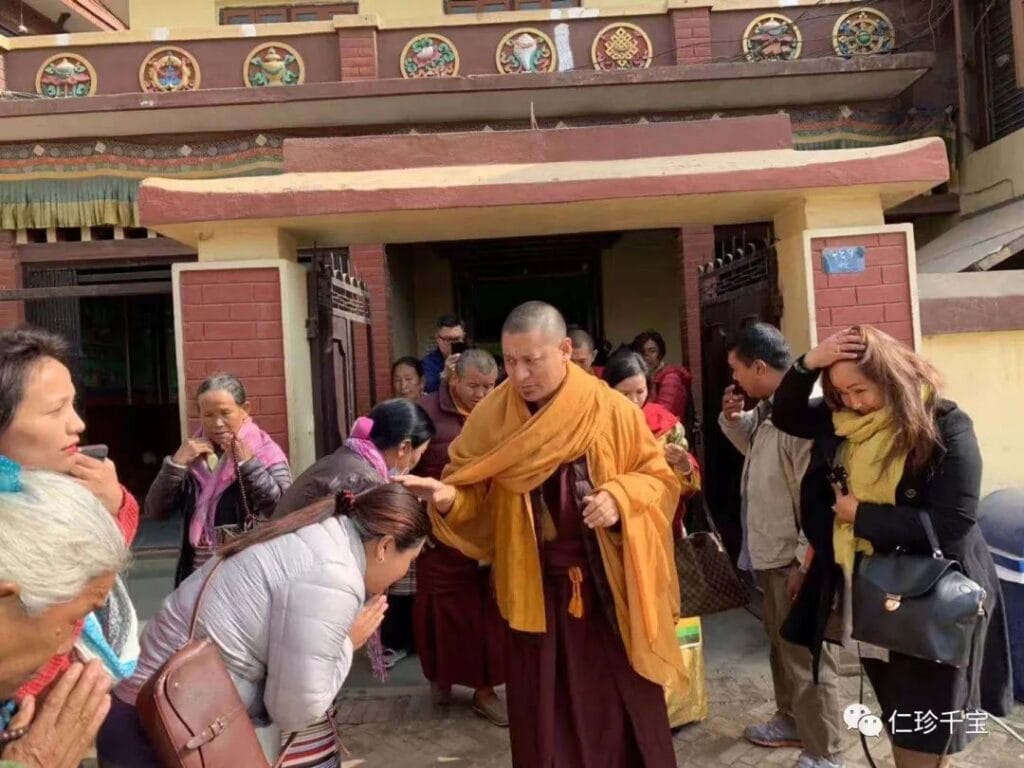
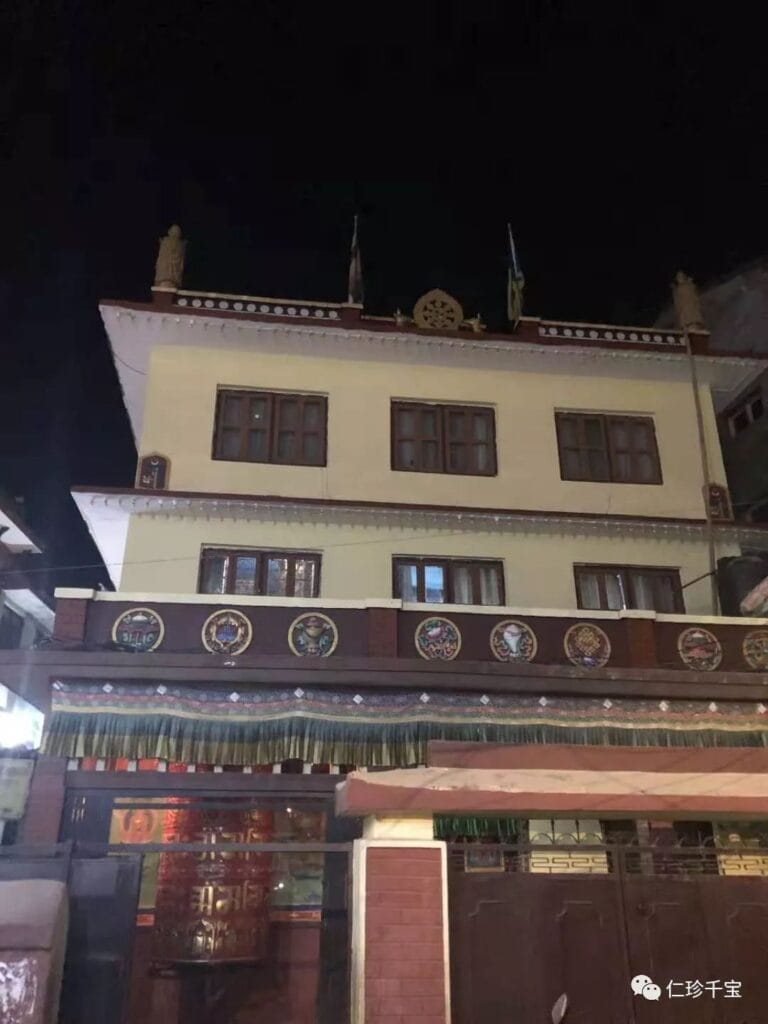
In the afternoon, we practiced Dharma at the Dasang Living Buddha Temple of the Karma Kagyu. Although the temple is small, it is extremely sacred. Many great Rinpoches of Tibetan Buddhism have taught Dharma in this temple. The greatest Dharma taught by Dilgo Khyentse Rinpoche – the oral transmission of the Tripitaka – was here. The Penor Karmapa and the 16th Karmapa have also taught Dharma here.
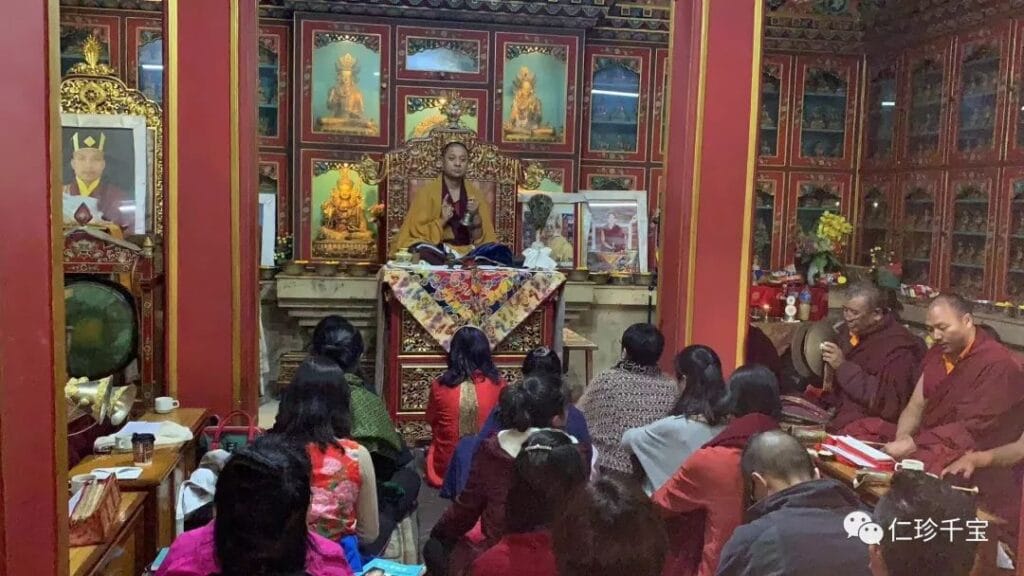
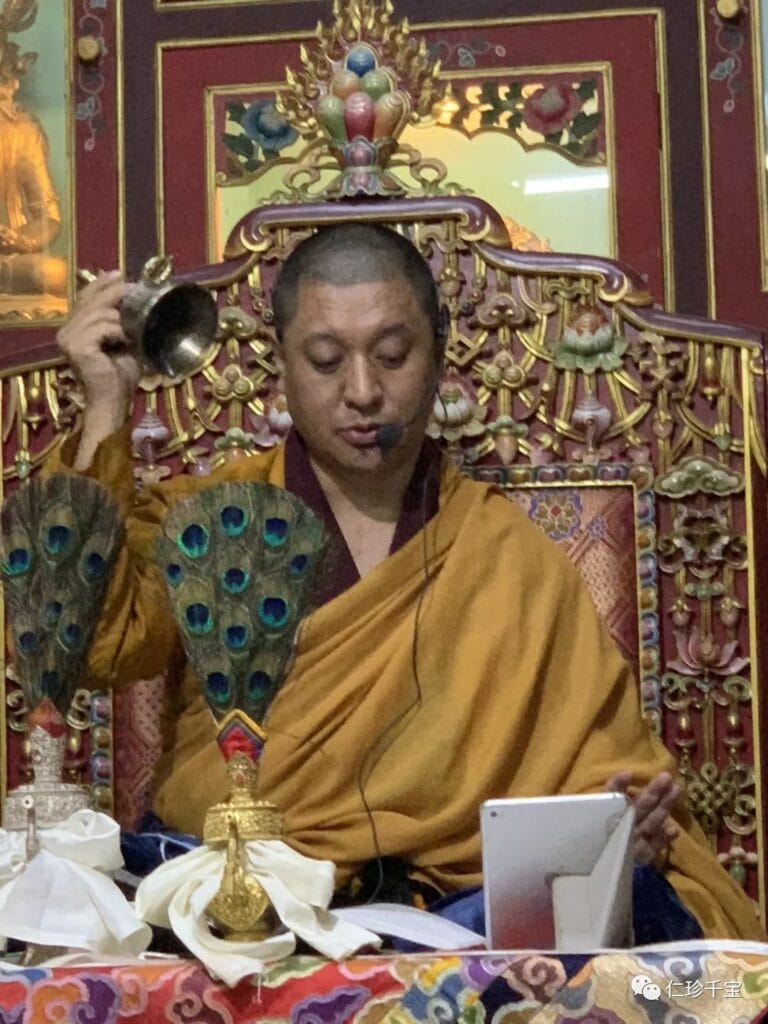
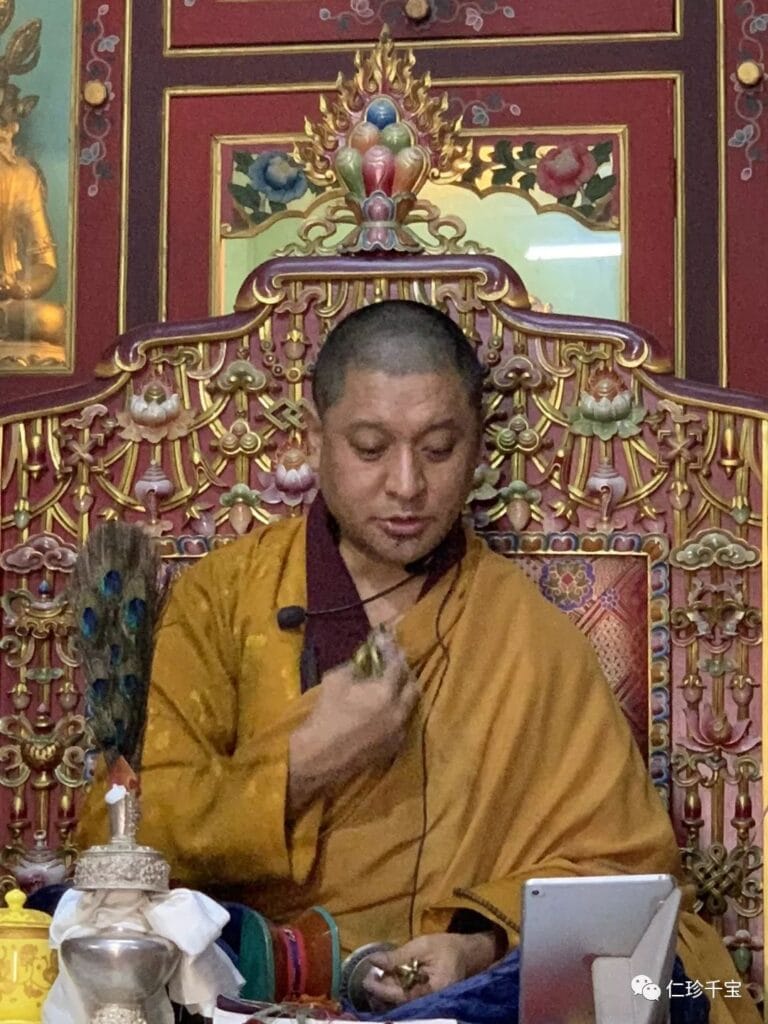
At the Dasang Living Buddha Temple, Master Bao gave the disciples the empowerment of the thirteen inner deities of Guru Padmasambhava and the empowerment of Tara, and held a puja with the monks. Master Bao said that this is a blessed holy place, and everyone should keep their body, speech, and mind pure, generate bodhicitta for sentient beings, and practice the Dharma with a pure mind, a repentant heart, and a pious heart.
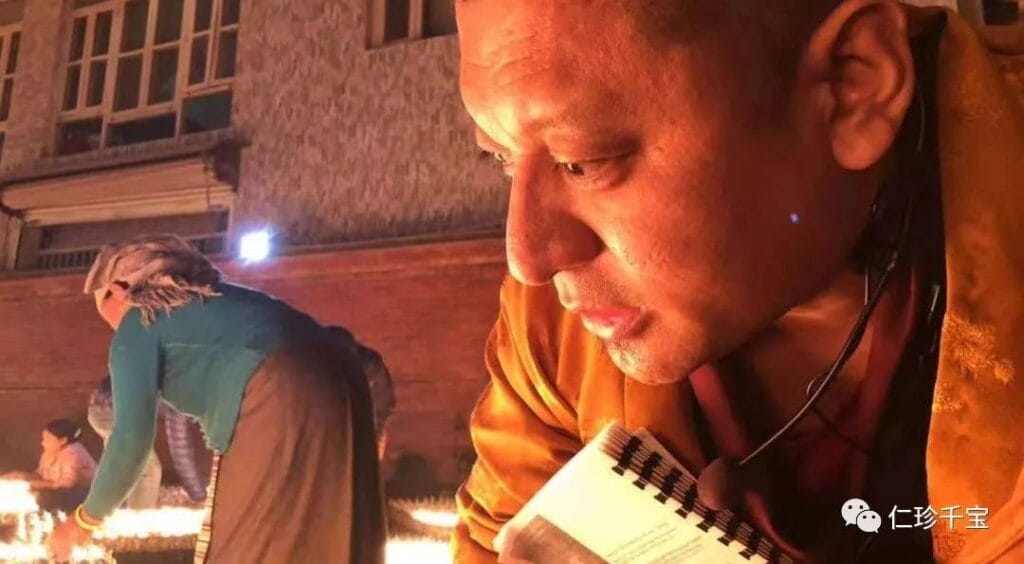

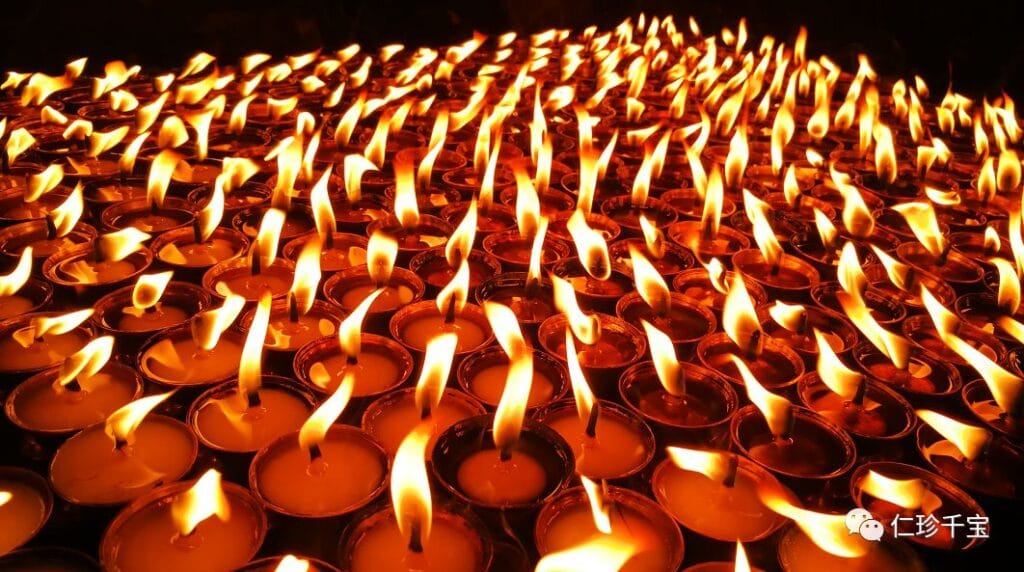
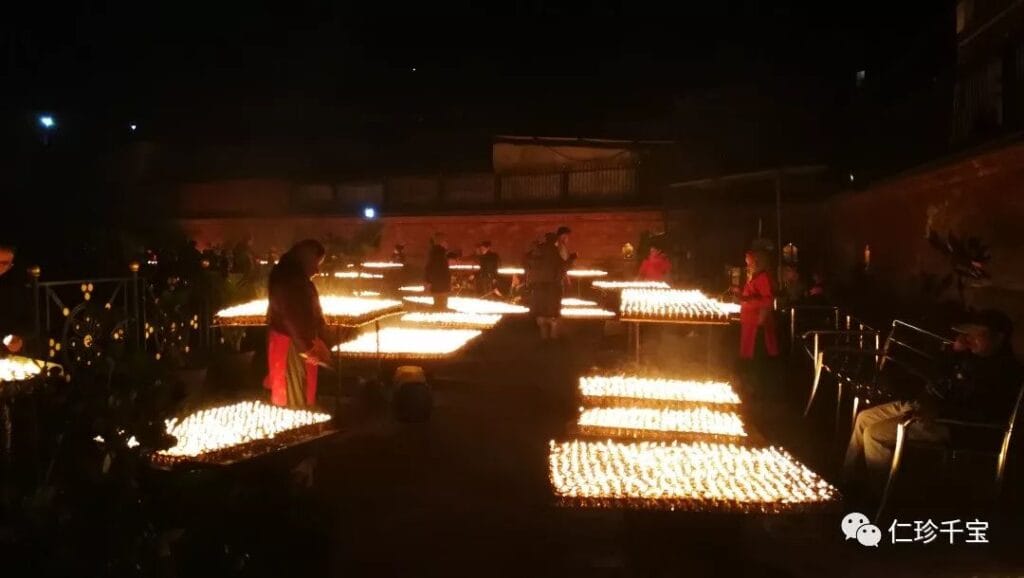
In the evening, Master Bao led his disciples to light lanterns in the Great Pagoda Park, which is next to the Pagoda. In the past, this was a large charnel ground with a spring, but now the spring has dried up. Each of the eight large charnel grounds has a spring, which is also a metaphor for the eight meritorious waters, representing the bodhicitta and pure mind in the heart. We lit 50,000 lanterns here to pray for world peace and for all beings to break through ignorance as soon as possible.
A Brief Prayer for the Lineage of Rinchen Tsewang Norbu
Om Sod
The Blood Drinker of Samantabhadra and the Lord of No Duality, the Warrior of Victory, I pray
The Rare One of the Root Branches of the Teachings and Proofs, I pray to the Buddha’s Son Shantideva
Dance with the Abstinence Game of the Dhamma, I pray to the Great Accomplished Black Walker
Reach the Supreme Mudra Vajra Land, I pray to the Tibetan Land to achieve the Vajra of Space
Please understand the Five Wisdoms and the Power of the Gods, I pray to the Pandita of Rongsong Dharma
The Great Circle Heart Essence is like the sun spreading the Lord, I pray to the Pure Light Lord to shine everywhere
Achieve the Vajra of the Vidyadhara, I pray to the Supreme Savior
Everything is not the dance of karma, I pray to the power of vows to satisfy the wishes of sentient beings
The One who can do the great Buddha’s work, I pray to the feet of the Life-Saving Jewel
The Vajra Master with the Three Kindnesses, the victorious ones all praise the self-nature of all Buddhas
At this time, all the Vajradharas, who know the root guru, should pray
Pray devoutly for the power of the virtuous guru, without relying on countless Bodhi paths
The Five Paths and Ten Grounds are perfected in one lifetime May the great bodhi fruit be obtained quickly
In this life, I will be free from illness and have abundant wealth. I will obtain great freedom and achieve whatever I want without effort
All that I can do will enter the bodhi path. I will establish connections and wish for eternal happiness
All these wishes will be fulfilled without any loss. The Three Jewels are the collection of the guru who bestows blessings
Responses